At the National Assembly Standing Committee's financial question-and-answer session on the morning of March 18, Finance Minister Ho Duc Phoc explained the recent increase in airfares.
The head of the Ministry of Finance said that based on the provisions of the Price Law, the Ministry of Transport will decide on the airfare price range. Companies will sell tickets within that range and based on the actual travel needs of the people, they will set appropriate ticket prices.
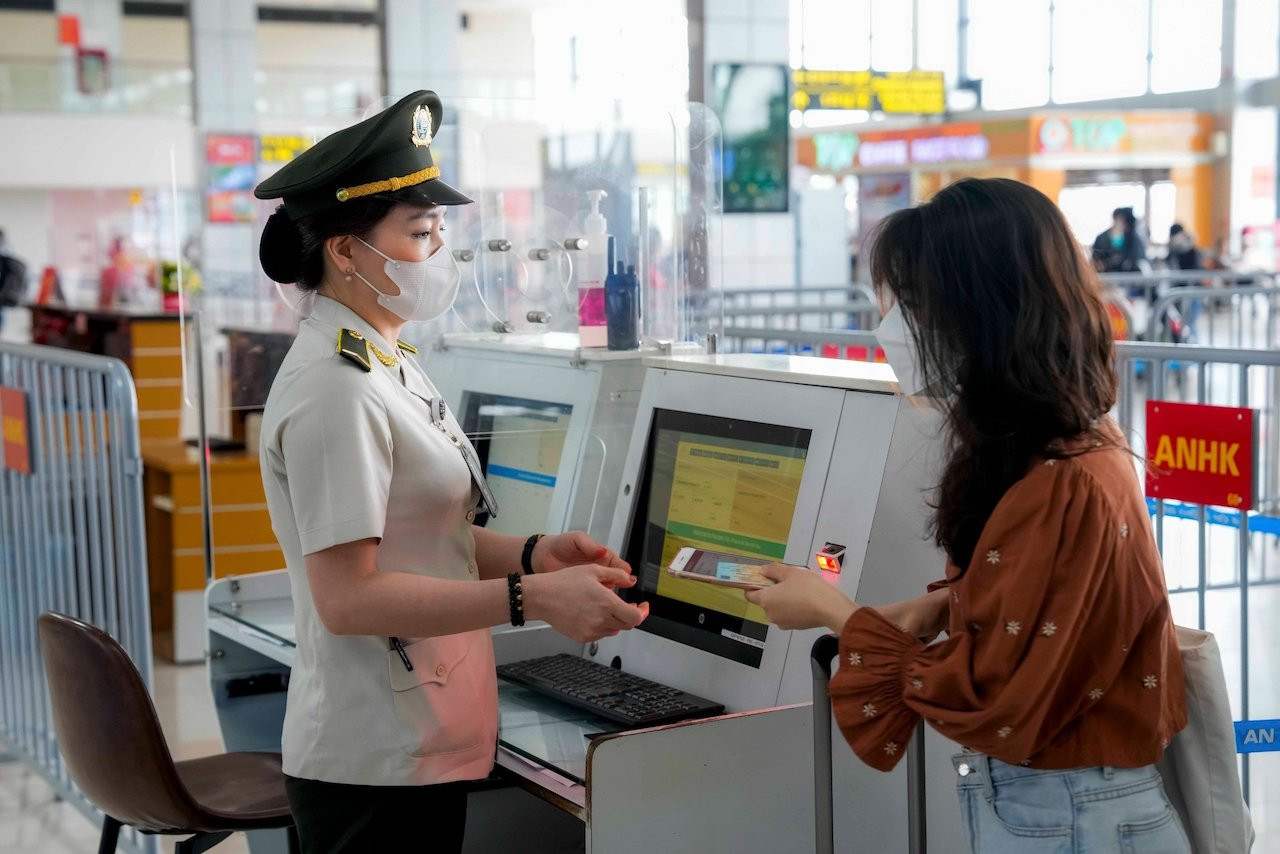
Notably, Mr. Phoc informed that although airfares have recently increased, companies are still losing money. For example, Bamboo Airways has cut many routes, and Vietjet is also facing difficulties. Vietnam Airlines has lost up to 37,000 billion VND, and the year with the fastest and strongest profit is only 3,000 billion VND and is still very difficult.
Explaining why despite the high price of airline tickets, companies are still making losses, Associate Professor, Dr. Dinh Trong Thinh - Economic expert said there are many reasons.
“First, the number of passengers on flights is unstable, and the number of people flying at any given time is also unstable.
For example, the 1,800 km long Hanoi – Ho Chi Minh City route is very favorable for aviation development, but the cost of flying is very high and not everyone can afford it. Therefore, the number of passengers is only high depending on the time, especially during holidays and Tet.
The increase in passengers at certain times means that there is not enough staff to serve them, while when there are few passengers, the operating costs of airlines still have to be paid. Meanwhile, airlines that lease planes have to lease them for several years but only during busy times,” Associate Professor Dr. Dinh Trong Thinh said.
The second reason, according to experts, is that opening a flight route also requires strict regulations. Even with low passenger traffic, flights must still be maintained at a frequency of 1-2 flights/week, causing increased costs.
“According to regulations, airlines must maintain flights on routes with few passengers, and must still operate them even if they lose money. Therefore, routes with a large number of passengers are not enough for airlines to make up for losses on routes with few passengers,” Associate Professor Dinh Trong Thinh said.
Another reason, according to experts, is that the highway infrastructure is being completed, and the railway service quality is also improving, causing the number of passengers on short flights to decrease. Meanwhile, when there are few passengers, they still have to fly and have to accept losses. On the contrary, during peak holidays and Tet, when there are many passengers, there are no people, and there are not enough planes to serve. Therefore, airfares will have to increase according to demand, even when the ticket price is high but cannot be purchased.
"The cost of maintaining flights is too high, while there are no passengers, causing airlines to lose more and more money by renting planes, because when renting planes, there will be more costs, parking, take-off and landing, maintenance, etc. This is also the reason why airlines continuously return planes to leasing partners.
Specifically, Bamboo Airways returned a series of aircraft to downsize, to the aircraft engine manufacturer announcing a recall of faulty engines, and recently, Pacific Airlines' move to return all aircraft. By the end of 2023, the total number of commercial aircraft registered in Vietnam was 247. Of these, Pacific Airlines had 11 Airbus A320s.
This means there is a shortage of aircraft to serve flights, and so during the peak season on April 30, airfares will increase even though they will not exceed the ceiling price," Associate Professor, Dr. Dinh Trong Thinh said.
Source





![[Photo] Ready for the top competitions of Vietnamese table tennis](https://vphoto.vietnam.vn/thumb/1200x675/vietnam/resource/IMAGE/2025/5/18/9c547c497c5a4ade8f98c8e7d44f5a41)
![[Photo] Many young people patiently lined up under the hot sun to receive a special supplement from Nhan Dan Newspaper.](https://vphoto.vietnam.vn/thumb/1200x675/vietnam/resource/IMAGE/2025/5/18/6f19d322f9364f0ebb6fbfe9377842d3)



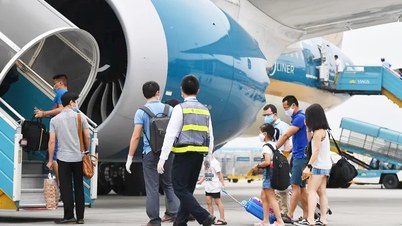



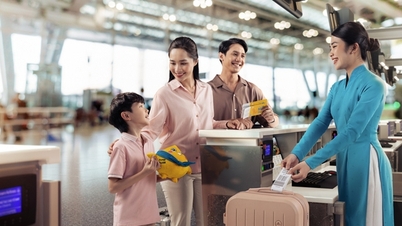
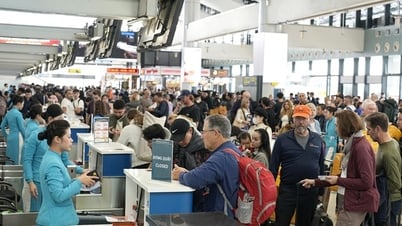

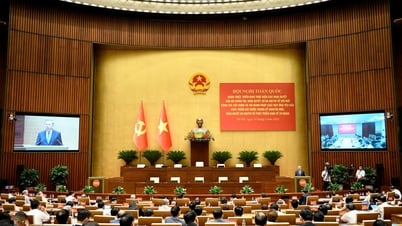



















![[Photo] General Secretary To Lam visits exhibition of achievements in private economic development](https://vphoto.vietnam.vn/thumb/1200x675/vietnam/resource/IMAGE/2025/5/18/1809dc545f214a86911fe2d2d0fde2e8)













































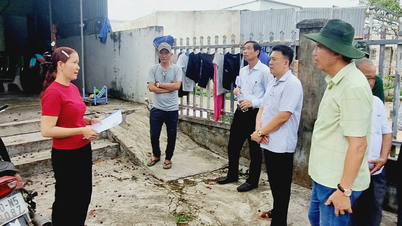





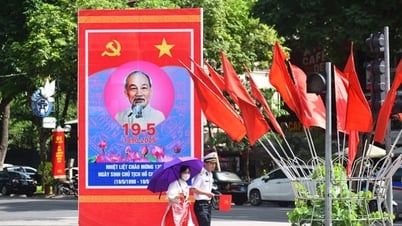










Comment (0)